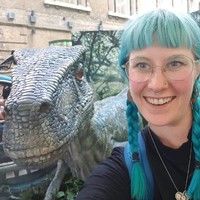08
2014
2014 July Meetup
Summary
This July, join us for an insightful evening that tackles two critical aspects of Agile practices in the real world. David Evans will kick things off with an engaging session on how to make the most of Specification by Example (SBE), Behaviour Driven Development (BDD), and Acceptance Test-Driven Development (ATDD). He’ll walk us through practical tips on turning business-speak into testable scenarios and creating acceptance tests that double as living documentation, ensuring long-term value for your team.
Next, Gwen Diagram will share her journey of introducing Agile into an environment where automation was non-existent. Gwen, who transitioned from a waterfall environment to Agile without automated tests, will discuss the challenges she faced and the importance of testers choosing their own tools, sharing knowledge with developers, and identifying what to automate as part of the Agile process.
Whether you’re grappling with test automation or looking to sharpen your specification techniques, this meetup will provide hands-on advice, real-world stories, and valuable insights that you can apply straight away. Don't miss out on this opportunity to learn from two seasoned experts in the field!
Programme
Setting a Good Example

David Evans
Introducing Agile into an Environment where Automation doesn't exist







